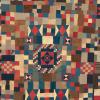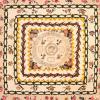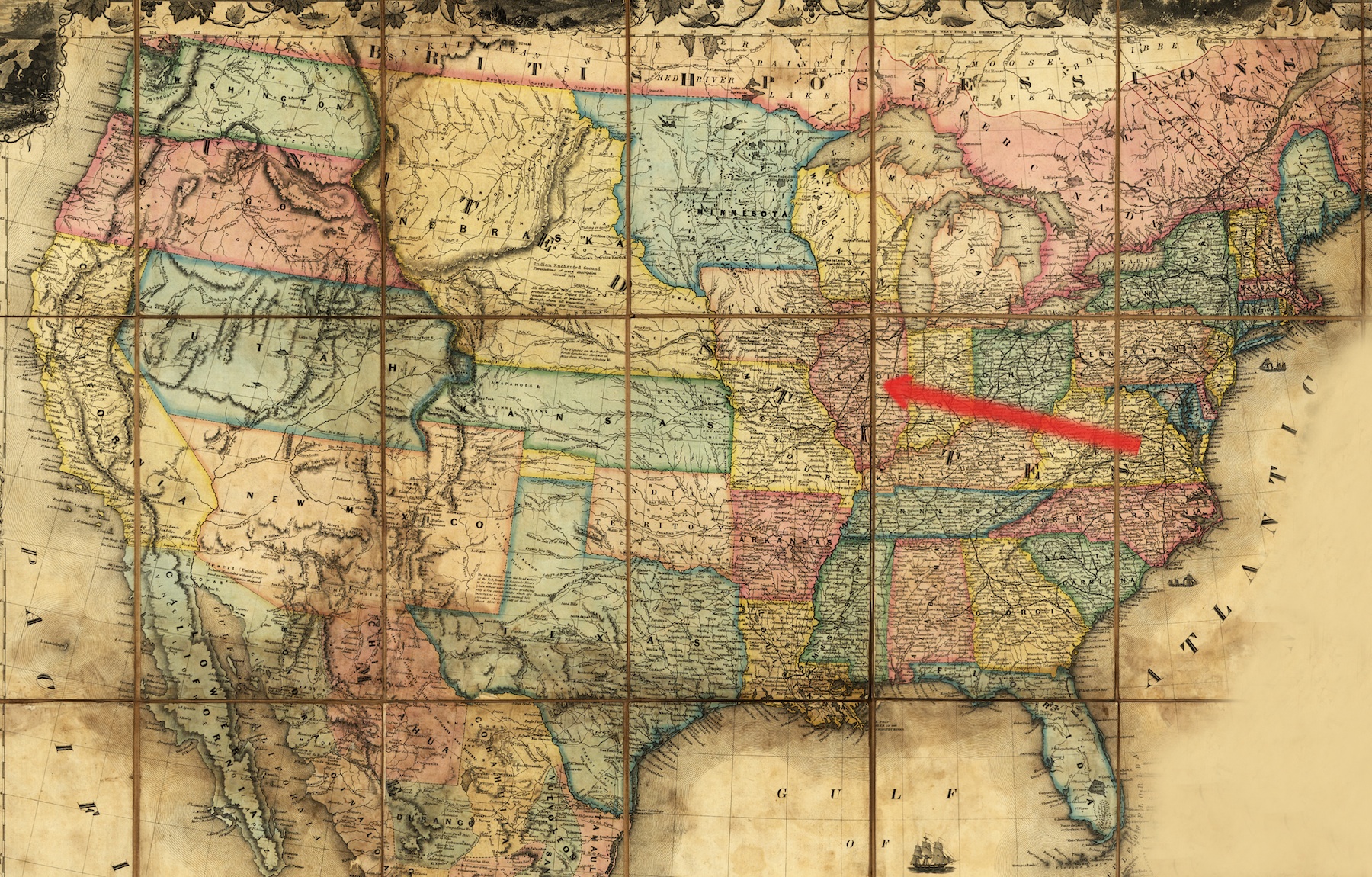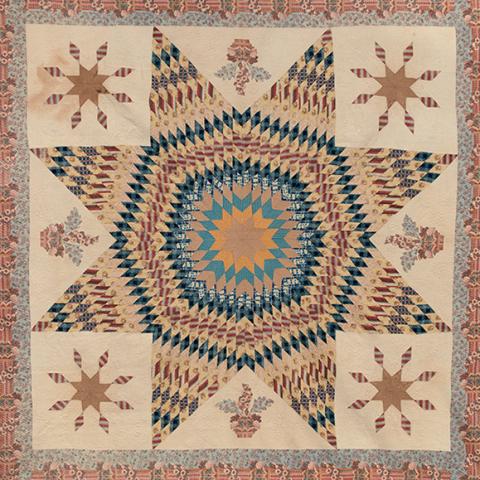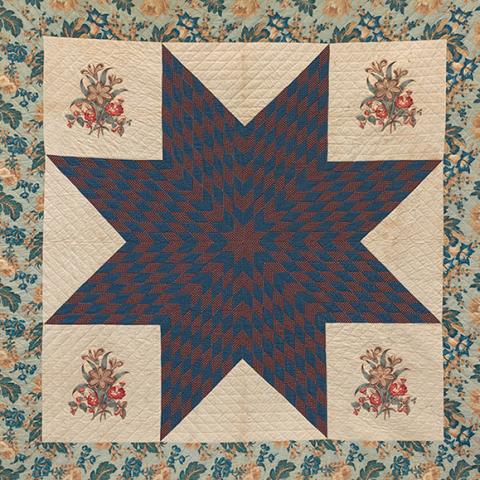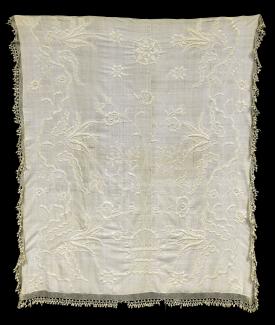
Click, swipe or drag the image, or use the buttons, to zoom and exploreTap the image and use the buttons to zoom and explore
White-on-white embroidered bedspreads using the same motifs seen in quilts were fashionable both in the South and further North. Popular about 1790-1830, whitework was part of the neoclassical style in the decorative arts.
Family history ascribes this counterpane to Hannah Jamison of Culpeper County, who married James Wilson of Hardy County (now West Virginia) in 1787. It is unlikely that the quilt was made before their wedding, as this style became popular only at the very end of the century. The Wilsons emigrated to Illinois in the 1830s, bringing their elegant Eastern bedspread with them.
Four-ply cotton roving thread embroidered in satin, stem, and running stitch on plainweave cotton ground; cotton woven fringe
Whiteworks are embroidered with handspun or factory-spun cotton thread of various weights, all heavier than regular sewing or embroidery thread. Some are approximately the same weight as thread used in candles, hence the term “candlewick” for these counterpanes.
Sometimes the embroidered stitches were cut and allowed to fray and create a fuzzy texture. This was later imitated by machine-woven bedspreads, which we still call candlewick bedspreads today.



